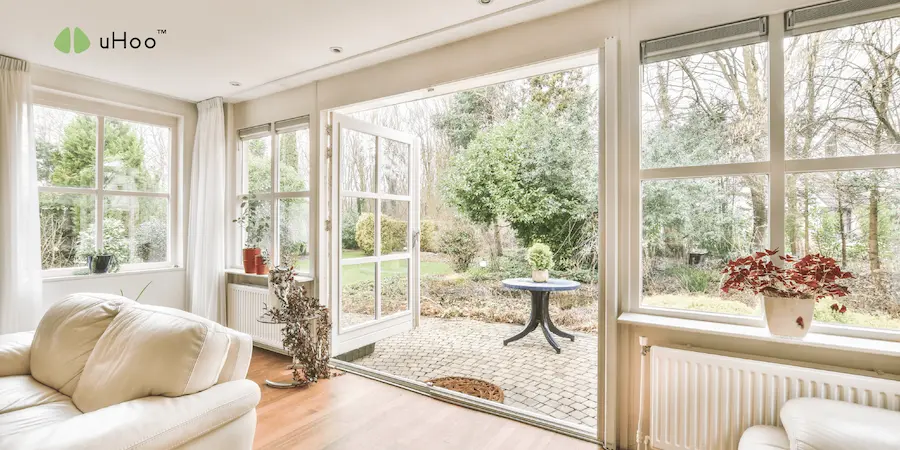We spend a significant portion of our lives indoors, yet the quality of the air we breathe within our homes often goes overlooked. While we diligently clean surfaces and filter water, the invisible air surrounding us can be a silent source of health concerns. Proper ventilation is the key to unlocking healthier homes, a fundamental aspect often underestimated but critically important.
The Silent Threat: Stale Air and Indoor Pollutants
Modern homes, while designed for energy efficiency, can inadvertently trap pollutants. Everyday activities like cooking, cleaning, and even showering release volatile organic compounds (VOCs), dust, mold spores, and other irritants into the air. Without adequate ventilation, these pollutants accumulate, leading to a range of health issues.
Imagine a sealed container. The air inside, initially fresh, gradually becomes stale as oxygen is depleted and byproducts accumulate. This is analogous to a poorly ventilated home. Stale air contributes to:
- Respiratory Problems: Allergies, asthma, and other respiratory conditions can be exacerbated by poor indoor air quality. Mold growth, a common consequence of inadequate ventilation, releases spores that trigger allergic reactions and respiratory distress.
- Headaches and Fatigue: High levels of carbon dioxide and other pollutants can lead to headaches, dizziness, and chronic fatigue.
- Irritated Eyes, Nose, and Throat: VOCs emitted from cleaning products, paints, and furniture can irritate mucous membranes, causing discomfort.
- Increased Risk of Illness: Stagnant air provides a breeding ground for bacteria and viruses, increasing the risk of infections.
- Cognitive Impairment: Studies suggest that poor indoor air quality can negatively impact cognitive function and concentration.
The Solution: Bringing in Fresh Air
Proper ventilation is the antidote to stale air and indoor pollutants. It involves replacing contaminated indoor air with fresh outdoor air, effectively diluting and removing harmful substances.
Here’s how proper ventilation works:
- Natural Ventilation: Opening windows and doors allows for natural airflow, exchanging indoor and outdoor air. This is a simple and effective method, especially during moderate weather.
- Mechanical Ventilation: Exhaust fans in bathrooms and kitchens remove moisture and odors at their source. Whole-house ventilation systems, such as heat recovery ventilators (HRVs) and energy recovery ventilators (ERVs), provide continuous and controlled ventilation, even during extreme temperatures.
- Air Filtration: While not strictly ventilation, air filtration systems, such as HEPA filters, remove particulate matter from the air, further enhancing indoor air quality.
The Importance of a Balanced Approach
Achieving optimal ventilation requires a balanced approach. Over-ventilation can lead to energy loss and discomfort, while under-ventilation results in poor indoor air quality. The key is to find the right balance for your home and lifestyle.
Modern Tools for Monitoring and Improvement
In today’s tech-driven world, tools like uHoo can provide valuable insights into your home’s indoor air quality. These devices monitor various parameters, including temperature, humidity, and VOC levels, helping you identify potential ventilation issues and make informed decisions to improve your indoor environment. While this article focuses on the importance of ventilation itself, it is good to know that tools exist that can help you know when you need to ventilate.
By prioritizing proper ventilation, you can create a healthier and more comfortable living environment for yourself and your family. Unlock the power of fresh air and breathe easier knowing you’ve taken a crucial step towards a healthier home.

